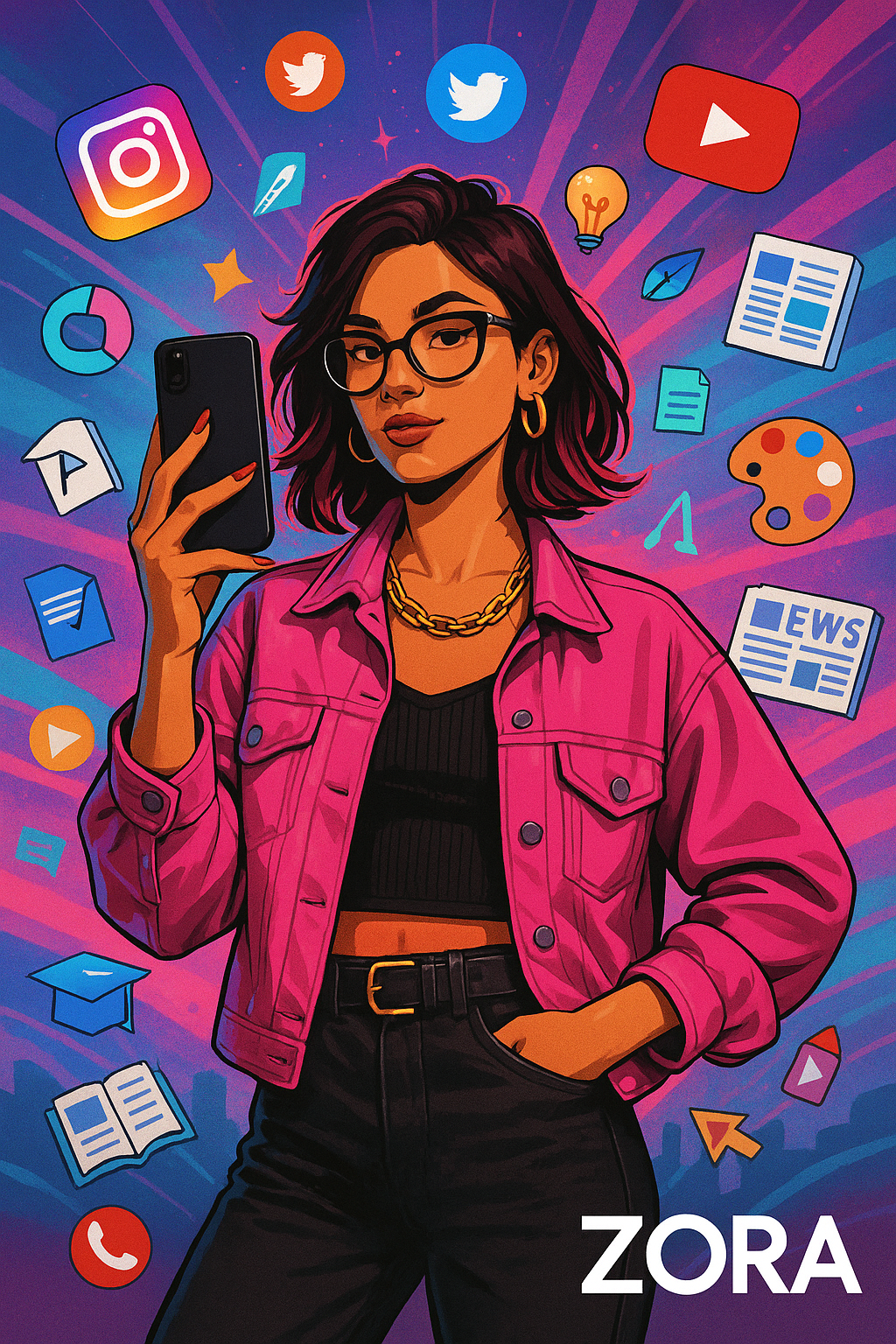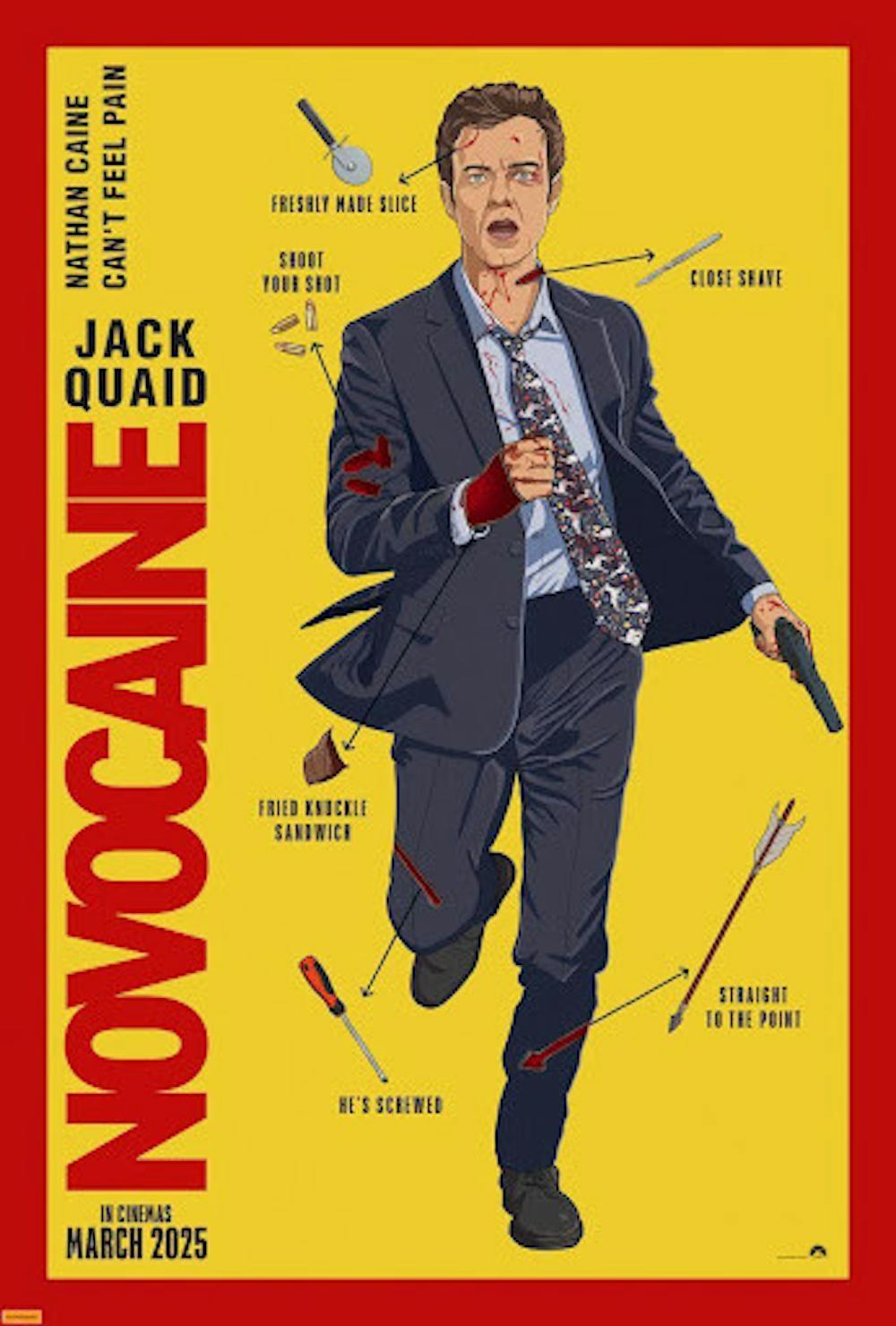How the Creator Economy Flattened Fame, Boosted Authenticity, and Changed Digital Culture Forever
Influencers Aren’t Special Anymore. In the early days of Instagram and YouTube, influencers were digital royalty. A single post from a fashion blogger could spark a trend, crash a website, or sell out a product in minutes. But in 2025, the crown has shifted. The influencer mystique has dimmed, and a new era has arrived—one where anyone with a smartphone and Wi-Fi can be the next viral sensation.
We’re living in a time when the line between consumer and creator has blurred. Influencers aren’t special anymore, and that’s not necessarily a bad thing. This shift signals a cultural evolution in how we perceive fame, identity, and influence online.
The Rise and Fall of Influencer Exclusivity
The original allure of influencers came from their relatability. Unlike traditional celebrities, they felt accessible—like friends who happened to have great fashion sense, skincare routines, or home aesthetics. But the pendulum has swung. Today, over 50% of Gen Z and Millennials say they’re actively trying to become influencers themselves. It’s no longer about watching someone else live the dream—it’s about building your own personal brand.
And the market has responded in kind. With TikTok’s algorithm giving anyone a shot at virality, there’s no longer a need for glossy production or thousands of followers to get noticed. You just need one good idea, a relatable rant, or a moment of authenticity.
Everyone’s a Content Creator
Whether it’s the mom sharing her toddler’s tantrum on TikTok, the college student documenting study hacks, or the guy posting 3-minute apartment tours, content is now part of daily life. This phenomenon was explored in our earlier post, “How Everyone’s Becoming a Content Creator”, which explains how digital storytelling has become the new norm in identity formation.
The content flood has diluted the meaning of “influencer.” Now, micro and nano-influencers—those with fewer than 10,000 followers—often outperform mega-celebrities in engagement, according to Influencer Marketing Hub.
Why? Because they feel real. Raw. Relatable. People don’t want to be sold to; they want to feel seen.
AI, Tools & the Death of Gatekeeping
Gone are the days when you needed a production team or media degree to go viral. With the help of tools like ChatGPT, CapCut, and Canva, users are scripting, editing, and designing content from their bedrooms.
The cost of entry into the creator economy has dropped to almost zero, which means anyone can now compete for attention. But with more content comes more noise, and the novelty of influencer content is wearing thin.
According to a Hootsuite 2025 Trends Report, digital audiences are now overwhelmed, resulting in lower engagement and an increased demand for meaningful, community-driven content.
Digital Fatigue and Algorithmic Burnout
We’re not just oversaturated with content—we’re tired of it. Scrolling endlessly through identical morning routines, copy-paste “get ready with me” reels, or luxury unboxing videos feels more like a chore than entertainment.
A study by Later shows Instagram influencer engagement dropped by 30% since 2021. Even creators are feeling the burnout, often posting about the pressure to remain relevant, aesthetic, and constantly online.
And let’s be honest—how many skincare fridge tours do we really need?
Brands Are Changing Their Tune
Influencers once held the keys to consumer attention, but now, brands are favoring the grassroots. Instead of spending $50,000 on one macro influencer, many are investing the same amount across hundreds of smaller creators who have tight-knit communities and higher trust factors.
As HubSpot reports, micro-influencers drive 60% more ROI on average. That’s game-changing for marketing budgets and a strong indicator that the influencer economy is not disappearing—it’s simply becoming more democratic.
Influencers Aren’t Special Anymore—And That’s a Good Thing
This democratization of influence signals something deeper: a cultural shift toward valuing authenticity over aesthetics, community over clout, and connection over consumption. Being a creator is no longer about living a life others envy—it’s about living a life others can relate to.
Take a look at our recent post, “Glow Up From Within”, where we talk about how wellness is now a more powerful form of social capital than flaunting designer handbags or curated feeds.
The era of high-production influencers ruling the digital world is fading. In its place is something much more exciting: a participatory, inclusive, and infinitely creative space where everyone—yes, even you—can have a moment.
Influencers aren’t going extinct. But the way we define influence is shifting. The new icons are those who listen, engage, and show up authentically—regardless of follower count.
So whether you’re building a brand, starting a blog, or just scrolling through your feed, remember: influence is no longer reserved for the few. It’s distributed across the masses—and that makes it more powerful than ever.




